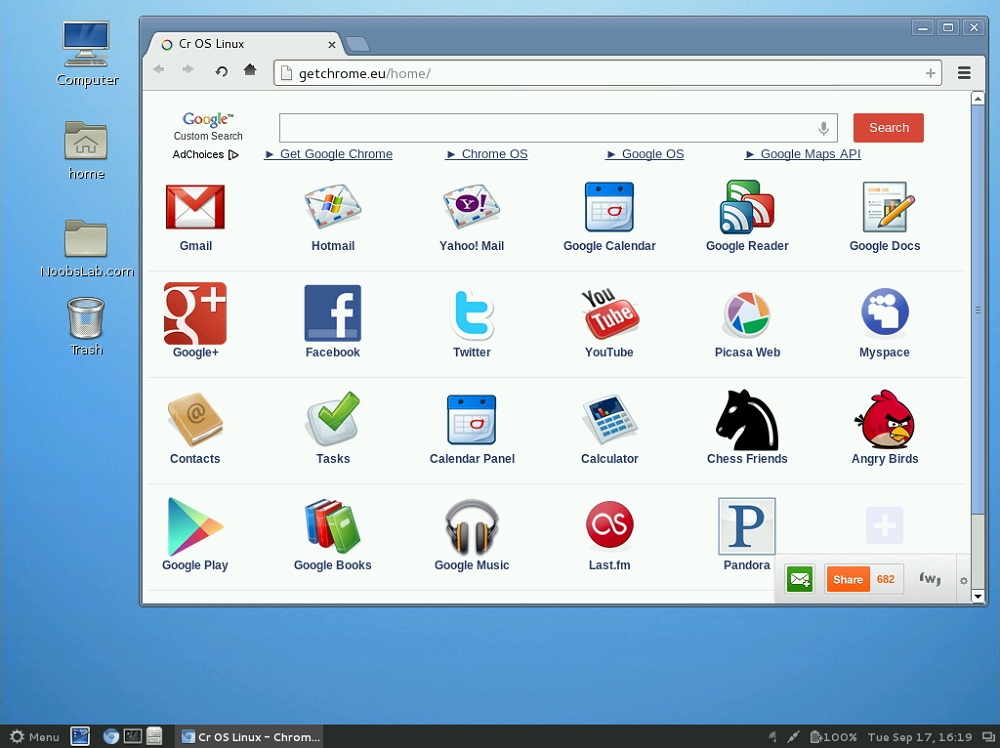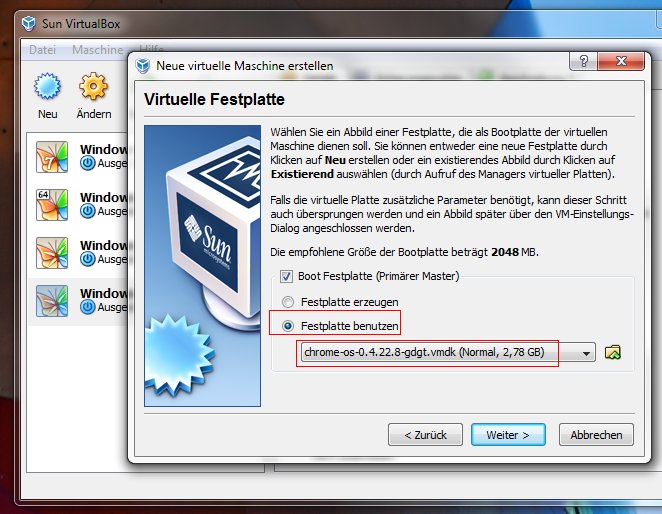

Sorry for a 'noob' question now when you say 'open a terminal AND CHANGE TO YOUR CHROMEOS DIRECTORY. I'm probably in exactly the same place on the 'learning curve' as most folk are, 6 months down the line. ChromiumOS (formerly styled as Chromium OS) is a free and open-source operating system designed for running web applications and browsing the World Wide Web.

I am, however, aware that whatever language Ubuntu is written in, if you so much as get a dot, or a dash, or a comma, or a space, or a bracket, or quotation mark in the WRONG place, it CAN have disastrous consequences although I realise the terminal will usually warn you if you're about to try and do something REALLY stupid! I type stuff in now, and I must get it right, since 99 times out of 100 my commands are executed. My terminal skills are steadily improving I no longer copy & paste everything. Thanks for the reply! I wondered about that myself unless Hexxeh's under the impression that this will only ever be tried by Windows users, and not those who are already Linux converts. Chrome OS se anunció por primera vez en el año 2009 y desde entonces ha recorrido un largo camino. Chrome OS es un sistema operativo desarrollado por Google que está diseñado principalmente para aplicaciones web, ya que las aplicaciones y los datos del usuario se almacenan en la nube. Last edited by Mike_Walsh October 28th, 2014 at 10:44 PM. Descripción general de Chrome OS i686 0.9.570 ISO. If necessary, I can move the folder to a location where I KNOW it will be found. Remember, please, that what I actually need help with, at this point, is the syntax & content of the first path for the 'dd' command in other words, how do I actually enter this in the terminal? img one.Ģ) Furthermore, it keeps saying it can't find the file! I wonder if this has anything to do with the fact that I'm sharing my /home partition with my Lubuntu install?Īny advice would be appreciated. However, every time I try to use this, it does one of two things.ġ) It asks for an. It appears this no longer exists, and has become 'Startup Disk Creator', which I DO have. Where they DO mention doing it in Ubuntu, they say to use 'usb-imagewriter'. Well, I no longer have Windows in the house, so that's out.
Chromium os iso install#
img file is in home/Downloads/ChromeOS (ChromeOS is a folder I've created specially for this task) ģ) the file name is 'ChromeOS-Vanilla-40_04_20_1810-r706c4144.img'Īll the blogs I can find say to install this from Windows, using something called 'Windows DiskWriter'. I can get the second path, no problem, but I'm hanged if I can get the syntax, or content, for the first path. Needless to say, it must have a working USB port.Code: dd if=ChromeOS.img of=/dev/sdX bs=4Mwhere 'ChromeOS.img' is the path to the file, and '/dev/sdX' is the path to the USB drive.
Chromium os iso Pc#
Chromium os iso iso#
Here, you'll find the ISO or BIN file for the latest ChromeOS Flex release that you'd like to burn. If you're on a Linux machine, you can use Etcher to make a bootable USB drive.It is better to use a bigger USB if you plan on booting and using the OS from your USB. First, you should have a USB drive that you need to make bootable with a minimum of 8GB of storage.
Chromium os iso software#
You'll need the following hardware and software for this purpose: Step 1: Prerequisites for Running ChromeOS Flex From a USB Drive So, here is how you can boot ChromeOS from a USB using ChromeOS Flex. This version of ChromeOS has increased support for tons of devices and lets you enjoy the official build on your PC. It is lightweight and intends to run smoothly on newer PCs as well as older devices with low specs.ĬhromeOS Flex eliminates technical complexities that might have hampered you from installing and using ChromeOS on your PC in the past. The Official Way: Running ChromeOS FlexĬhromeOS Flex is an OS by Google that is available publicly to be installed on any PC. Here's how you can try ChromeOS on any PC using a USB drive.


 0 kommentar(er)
0 kommentar(er)
